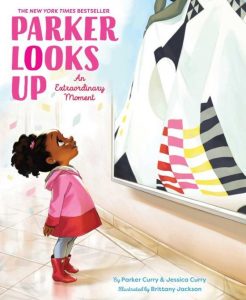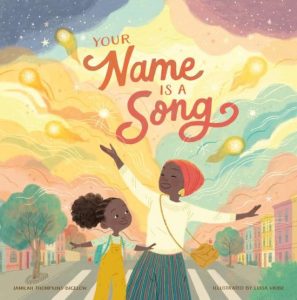
How to Become a Podiatrist
So you’re interested in becoming a podiatrist? That’s great! Podiatry is a fascinating and multifaceted field that can lead to a rewarding career. But before you leap, it’s important to

As suggested by the name, picture books contains many pictures or illustrations typically for children. They have elementary language that helps children develop reading skills.
While children are the target readers for most of these books, some picture books are also aimed at adults.
Picture books are not just for children to play with; they have a greater purpose. Since pictures are an essential source of learning for a child, picture books play a foundational role in developing a child’s reading skills.
The functionality of picture books is straightforward. They are first read to children by parents or teachers, and then children try to learn to read them independently. This type of learning allows establishing language development for many children

While you may think a picture book is just a blend of pictures and words, it’s more than just that. There are different types of it, and each one is for a unique age group and serves a different purpose.
A few categories are as follows:
Toy books are for children (0-1) to play with; they are not always meant to have words but have interactive elements like lullabies, nursery rhymes, or pop-up features.
These books help to develop the identification of alphabets, numbers, shapes, and colors in children. Children of this age group (1-3) can’t read yet; hence images are added to catch their attention and make them learn.

This category is for children (3-7) who just began reading by themselves. These books feature pictures with short stories in simple language.
These books transition from pictures to chapters and feature many more words than the other types of picture books. They are aimed at children aged 6 to 9.
3. History
The concept of illustrated books dates back to the medieval era. Perhaps the most significant of that time was Poor Man’s Bible, which had illustrations of critical Biblical events. It was a blessing for those who could not read at that time.
Orbis Pictus was the earliest children’s book that had illustrations. It dates back to 1658, and it covered a wide range of subjects. It was warmly welcomed all across Europe and revolutionized children’s textbooks for the coming years.
Toy books were introduced in the late 19th century. These had a more significant picture-to-word proportion than the earlier ones. In the late 20th century, artists started making their living illustrating these books.
Today we have a picture book industry and have books of all sorts.

4.Benefits of Picture Books
It is an established fact that picture books are not mere fun and games. They are the building blocks of a child’s language skills and promote vocabulary and story analysis. Here are a few other benefits of picture books:
While parents or teachers read the books, children can practice their sounds and build linguistic skills. The informal tone of picture books makes it easier for children to grasp alphabets, numbers, and words and ultimately speak complete sentences.
Another benefit of picture books is building children’s vocabulary. Reading picture books regularly will add new words to a child’s vocabulary. They start learning words that are different from those of daily use.

Picture books enable adults (teachers or parents) to interact with children. When adults read to them and ask questions, they inspire confidence in children to talk about the illustration or picture.
It also develops a strong between parents and children. When you read to them regularly, they get a feeling of affection and feel closer to you.
The visual parts of a picture book help children understand what they are reading. Talking with children about picture books stimulates ideas while building critical thinking and comprehension.
If children are having difficulty with the words, illustrations help them figure out the narrative, increasing their comprehension.
Children who have been read to regularly are better at comprehension.

Picture books make reading a fun experience rather than work. From toy books to chapter books, children keep reading with interest, which doesn’t hinder their learning.
With increased smartphone usage, children are easily distracted from other activities. Picture books can be a great tool to keep children hooked to learning in a fun way.
4.Purchasing Picture Books
Children like books that are full of adorable characters, charming illustrations, and engaging stories.
Buying or sourcing attractive and illustrious picture books can be a hectic experience for parents. The main reason is that parents cannot decide which book children will want to read again and again.


So you’re interested in becoming a podiatrist? That’s great! Podiatry is a fascinating and multifaceted field that can lead to a rewarding career. But before you leap, it’s important to

If you’re not familiar with Sharon Flake, she’s a prolific author of young adult literature. Her books explore tough issues facing teenagers, from racism and peer pressure to self-esteem and

Hi, art lover! We wanted to introduce you to Shane W Evans, an extremely popular illustrator, and author. Evans was born in Columbus, Ohio, in 1979 and grew up in

Introduction You’ve probably read a few books in your lifetime. But have you ever read a book that changed your life? That’s what Mildred D.

So you’re interested in becoming a podiatrist? That’s great! Podiatry is a fascinating and multifaceted field that can lead to a rewarding career. But before

If you’re not familiar with Sharon Flake, she’s a prolific author of young adult literature. Her books explore tough issues facing teenagers, from racism and

Hi, art lover! We wanted to introduce you to Shane W Evans, an extremely popular illustrator, and author. Evans was born in Columbus, Ohio, in